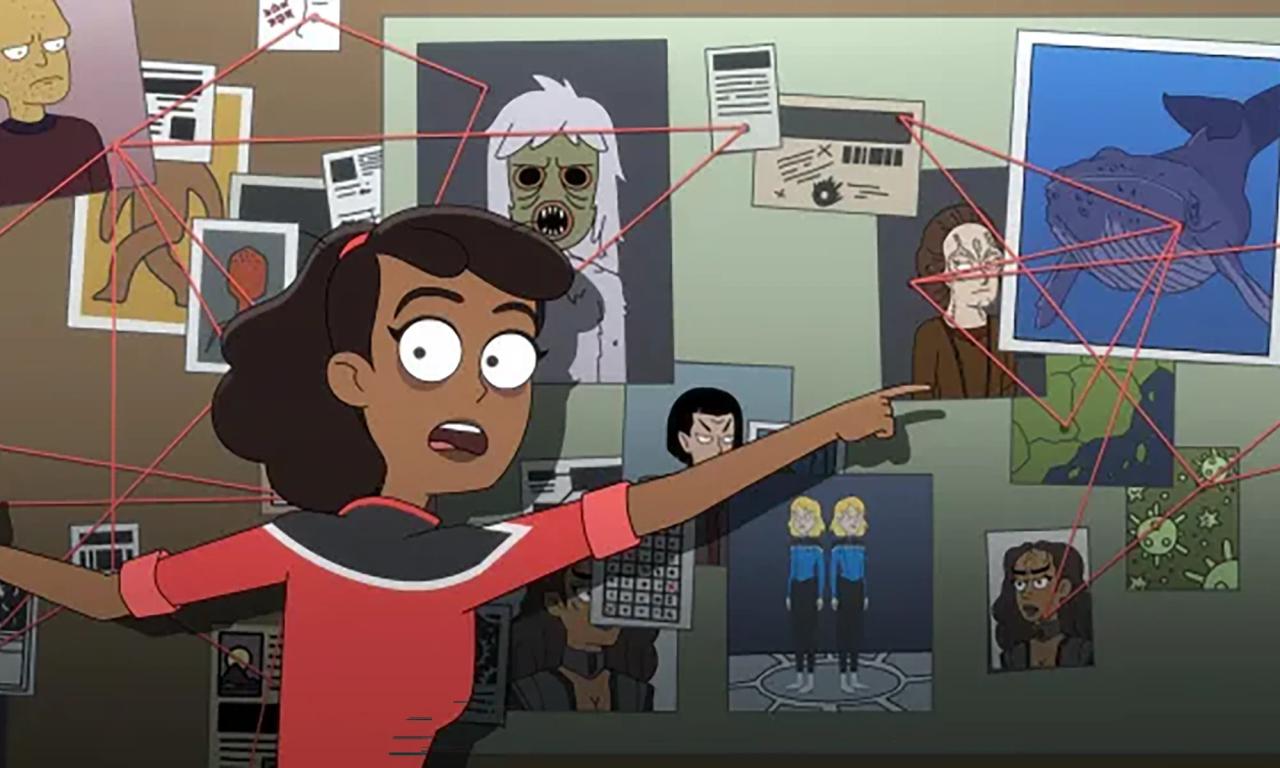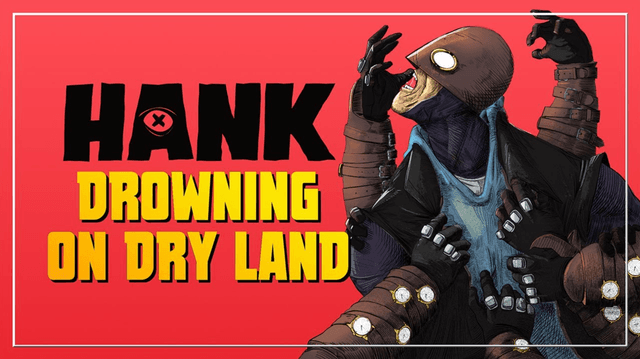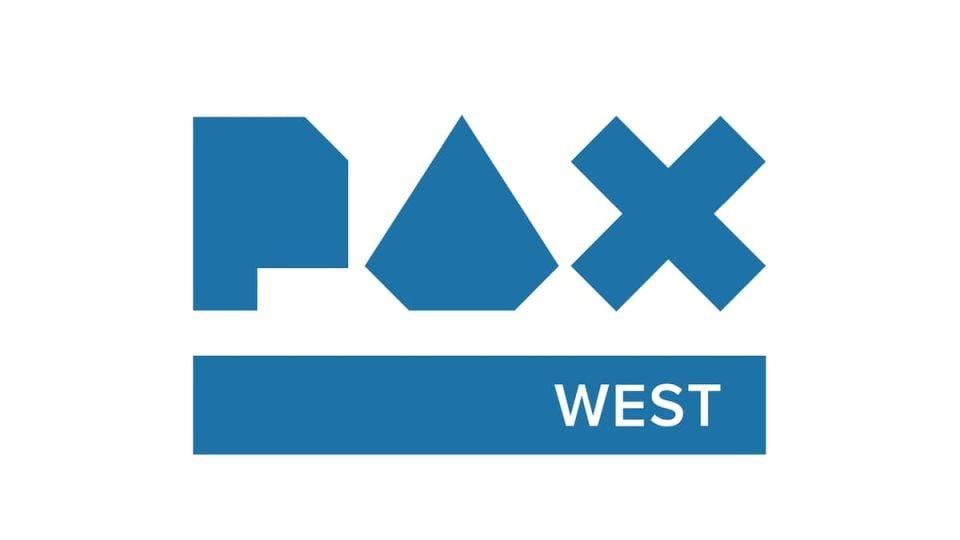If you click on a link and make a purchase we may receive a small commission. Read our editorial policy.
Resistance is futile: 5 reasons you should be watching Star Trek: Lower Decks
There's no reason not to be watching Star Trek: Lower Decks

Launched in 2020, Star Trek: Lower Decks is the second animated Star Trek series. Some Trekkies have been comparatively slow to warm to the show, as it enters its fourth season on September 7, 2023, but it's been more widely accepted as it has continued its run even if others resist its allure. (Perhaps you see comments you’ve made yourself among the 'Frequently Raised Protests' below.)
On the other hand, maybe you were once among those who echoed these oft-repeated FRPs, only to have since become a full-fledged member of the Beta Shift fold. Whatever the case, rest assured that for Trekkies, resistance to Lower Decks will eventually inevitably prove futile - whichever is the case, we're here to demonstrate that Lower Decks doesn't just count as Star Trek; it's some of the best Star Trek around.
Frequently Raised Protests to Star Trek: Lower Decks
'I don't like animated shows'

First and foremost, this is an arbitrary distinction in general. Get over it! Animation has as many diverse types of films as live action. This is especially true is one is capable of looking beyond the horizon of American animation.
But when considering Lower Decks, Star Trek: The Animated Series, and Star Trek: Prodigy in the context of the franchise, drawing a line between animation and live action seems particularly frivolous.
Historically, TAS was a Trek series that was comparatively disparaged. Fortunately, in more recent When watching the show from an objective perspective, it’s clear Gene Roddenberry considered the series to simply be a continuation of Star Trek: The Original Series. This goal is bolstered by the heavy involvement of TOS alums, like story editor D.C. Fontana. Also present is the majority of the TOS cast, with the involvement of George Takei (Hikaru Sulu) and Nichelle Nichols (Nyota Uhrua) famously having been secured by Leonard Nimoy (Spock), who refused to be involved unless the former actors were invited to participate.
Part of the reason that TAS has historically been poorly received is the extreme budgetary constraints under which it was produced. The cartoon, which originally aired on Saturday mornings, frequently reuses character animation and stock ship footage. But Trek’s vision of a technological utopian society has always pushed the envelope on capitalistic restraints. This tradition, which continues to current-era shows like Star Trek: Picard and Star Trek: Strange New Worlds, speaks to the ambition of Star Trek, and the evidence of such innovative solutions to necessary thriftiness in TAS should be celebrated, not disparaged (with the possible exception of the regrettable exclusion of Walter Koenig from the cast).
But admittedly, Chekov’s replacement helmsman Arex was a unique crew addition who could only be accomplished through animation. Fortunately TAS tradition is continued in both Lower Decks and Prodigy. While especially alien crewmembers like Doctor 'Diane' T’Ana (Gillian Vigman) or Dal R’El (Brett Gray) might be prohibitively expensive in live action, they can appear in nearly every episode of their respective animated series at no greater expense than their human counterparts.
Another benefit of an animated series like Lower Decks is the fact that its production was able to continue throughout the pandemic. Thanks to the unique nature of voiceover performances, actors were able to record their lines remotely (although this did lead to some complications, like Jack Quaid’s 'Boimler screams' disturbing his hotel suite neighbor). Another notable example: while the Lower Decks season 2 theme song was rerecorded with the orchestra all in one room, the version from season 1 was remotely recorded, as the performers had been separated at the time by the COVID-19 lockdown.
As Mike McMahan observed in autumn 2020, during the release of the show’s first season, animation was uniquely suited to the dawn of the pandemic. And this remote recording continued a yet another tradition originated in Lower Decks’ predecessor, since Nimoy and Shatner were touring in plays at the time TAS was in production and submitted their prerecorded lines on tapes shipped to the studio.
Finally, Lower Decks maintains a near-live-action quality for its sets and CGI spaceship shots. Considering the fact that the spaceship scenes (and many other visual elements) from the live-action Trek shows are CGI as well, this element of distinguishing animation from live-action seems especially silly. And while the FRP that the character resemble the cast of Rick and Morty has been raised way too many times, even a casual examination of the cast from the two shows will dispel this obnoxiously persistent misnomer.
'I don't like Rick and Morty humor'

However, there are connections between Rick and Morty and Lower Decks… not to mention plenty of Star Trek references in Rick and Morty, especially in the earlier season. One of the most prominent is the uncanny resemblance that Rick’s Ship bears to the interdimensional vehicle from the TOS season 1 episode 'The Alternative Factor.'
The Rick and Morty season 4 episode 'Rattlestar Ricklactica' even went so far as to ape the plot of Harlan Ellison’s pitch for Star Trek: The Motion Picture. For those who have seen the episode, the influence of Ellison’s pitch is obvious, as it involved “a snake-creature who had come to Earth in the Star Trek future, had seen its ancestors wiped out, and who had gone back into the far past of Earth to set up distortions in the time-flow so the replites could beat the humans” (as quoted in Stephen King’s Danse Macabre). As a special bonus for Lower Decks fans, this Rick and Morty episode also includes a reference to the Black Mountain, as referenced in Lower Decks season 2’s 'We’ll Always Have Tom Paris.'
Perhaps its no surprise that the first four seasons of Rick and Morty have so many Star Trek allusions, given McMahan’s involvement during that period of the show’s history. However, McMahan described himself as “kind of the sci-fi guy” on Rick and Morty’s staff, and it’s clear some of these humorous elements carry through to Lower Decks.
But the style of comedy to which some Trekkies might object to on Rick and Morty, like Rick’s copious belching, is largely omitted from Lower Decks. This isn’t to say that the show lacks a sexual component, but that’s as much a Star Trek tradition as anything. For just one of many possible examples, consider the Saturday Morning-aired TAS season 1 episode 'The Lorelei Signal,' or Star Trek: The Next Generations episodes like season 1’s 'The Naked Now' or season 7’s 'Sub Rosa.'
'I only like 'Serious Trek''

First of all, this seems like it overlooks the fact that Star Trek has always incorporated humor into its stories. Even if live-action incarnations of the Franchise have hitherto avoided excursions into outright comedy (at least until the recent Star Trek: Strange New Worlds crossover episode 'Those Old Scientists'), part of the broad appeal of TOS was always the dry witticisms exchanged between Captain James T. Kirk (William Shatner), Doctor 'Bones' McCoy (DeForest Kelley), and the straight-faced Spock.
But while 'Serious Trek' might have always incorporated some humor, the 'Humorous Trek' of Lower Decks has always incorporated a heavy dash of seriousness. This starts with the way the show treats the premise of Star Trek’s utopian future, and the promise of Starfleet. While Beta Shift may engage in comedic shenanigans, it’s made clear again and again that their devotion to the underlying philosophies of Trek is genuine.
Indeed, in the Lower Decks season 2 episode 'Kayshon, His Eyes Open,' Boimler directly espouses his affection for the philosophy and aesthetic of the TNG era. Although in doing so, he also validates more action-oriented Trek (like Star Trek: Discovery) as equally valid, even if they aren’t so much his cup of tea. But that style of adventure is well suited to other equally true blue Starfleet officers, like William T. Riker (Jonathan Frakes) and Bradward’s own transporter clone, William Boimler (Quaid). This not only comports with the core Vulcan philosophy of Infinite Diversity in Infinite Combinations, it also demonstrates why a 'Humorous Trek' is just as valid as a 'Serious Trek.'
Finally, Lower Decks expands Trek canon. This includes adding to storylines that seem like they should have had further development, like the rising sentience of the Excomp robots from TNG, the capitalistic success of Quark’s Bar, Grill, Gaming House and Holosuite Arcade from Star Trek: Deep Space Nine, or the Alpha Quadrant return of the crew from Star Trek: Voyager. And it also gives the chance for commentary on elements of earlier Trek incarnations that haven’t aged so well. These range from the purely comedic (like delivering some prank call comeuppance to Armus) to more meaningful, like the re-examination of Orions brought on by the inclusion of Ensign D’Vana Tendi (Noël Wells), who seems destined to become Starfleet’s first Orion captain.
'Is Lower Decks even canon?'

As new live action shows have been released that have been directly and indirectly influenced by Lower Decks, it becomes increasingly clear that the series is indeed canon.
A notable example of the indirect influence Lower Decks has had on the live action canon can be found in SNW season 1’s 'Spock Amok.' In this episode, it is revealed that the Ensigns of the USS Enterprise under the command of Captain Christopher Pike (Anson Mount) are taking part in a game called “Enterprise BINGO.” This not only sounds like the subplot of a Lower Decks episode, it highlights the perspective of a ship’s lower deckers in a way that had seldom occurred before the debut of Lower Decks (but see also the TNG episode 'Lower Decks' for an obvious exception).
But the series Lower Decks takes this alternative perspective ethos to heart. Beyond the focus on the otherwise overlooked Beta Shift, as California Class starship, the USS Cerritos is a workhorse ship specializing in mundane engineering tasks, charged with completing less-than-glamorous Second Contact missions. And the commitment to alternate perspectives continues, through elements like Beta Shift’s comparative removal from the actions of Captain Carol Freeman (Dawnn Lewis) and her command crew, who themselves are overlooked by Starfleet as a whole. And even among Beta Shift this inversion of 'important' perspectives takes place: as an Engineering specialist on an Engineering ship, Ensign Samanthan Rutherford (Eugene Cordero) is comparatively close to the action, and therefore most prone to having his perspective obscured.
And of course, Lower Decks directly influenced SNW in the recent crossover episode, 'Those Old Scientists.' This further enshrined Lower Decks in canon, both through the presence of Ensigns Boimler and Beckett Mariner (Tawny Newsome) in live action, and in the animated bookends that showcase the Cerritos on Stardate 58460.1.
More direct references to continuity from Lower Decks can be found in Star Trek: Picard season 3. The featured hero ship of the season is the USS Titan-A, the descendent to Titan under the command of Captain Riker on Lower Decks. Furthermore, the Titan-A’s crew includes many Orion among their ranks, suggesting that Tendi’s presence in Starfleet may have a significant effect over the decades that separate the two narratives. Finally, the design of Riker’s Titan, first canonically revealed in the Lower Decks season 1 finale 'No Small Parts,' appears among the trio of Titan models located in the Titan-A’s observation lounge.
'Is this what Star Trek has become?'

Yes, like it or not, this is indeed what Star Trek has become. And what’s more, as demonstrated by the refutation of these FRPs, it’s surprisingly close to the core of what Star Trek has been all along.
With a commitment to IDIC that extends to every deck of the ship (and not just to the command crews’ quarters) and throughout the franchise itself, Lower Decks is a gift so perfect that the most devoted of Trekkies will feel as though the animated series was replicated just for them. Surrender your futile resistance and join your fellow fans on the couch for an episode (and ideally, a hearty chant) of Lower Decks!
Get up to speed with all things Trek with our Star Trek watch order, and then get ready for whats next with our upcoming Star Trek guide.
Follow Popverse for upcoming event coverage and news
Find out how we conduct our review by reading our review policy
Let Popverse be your tour guide through the wilderness of pop culture
Sign in and let us help you find your new favorite thing.
















Comments
Want to join the discussion? Please activate your account first.
Visit Reedpop ID if you need to resend the confirmation email.